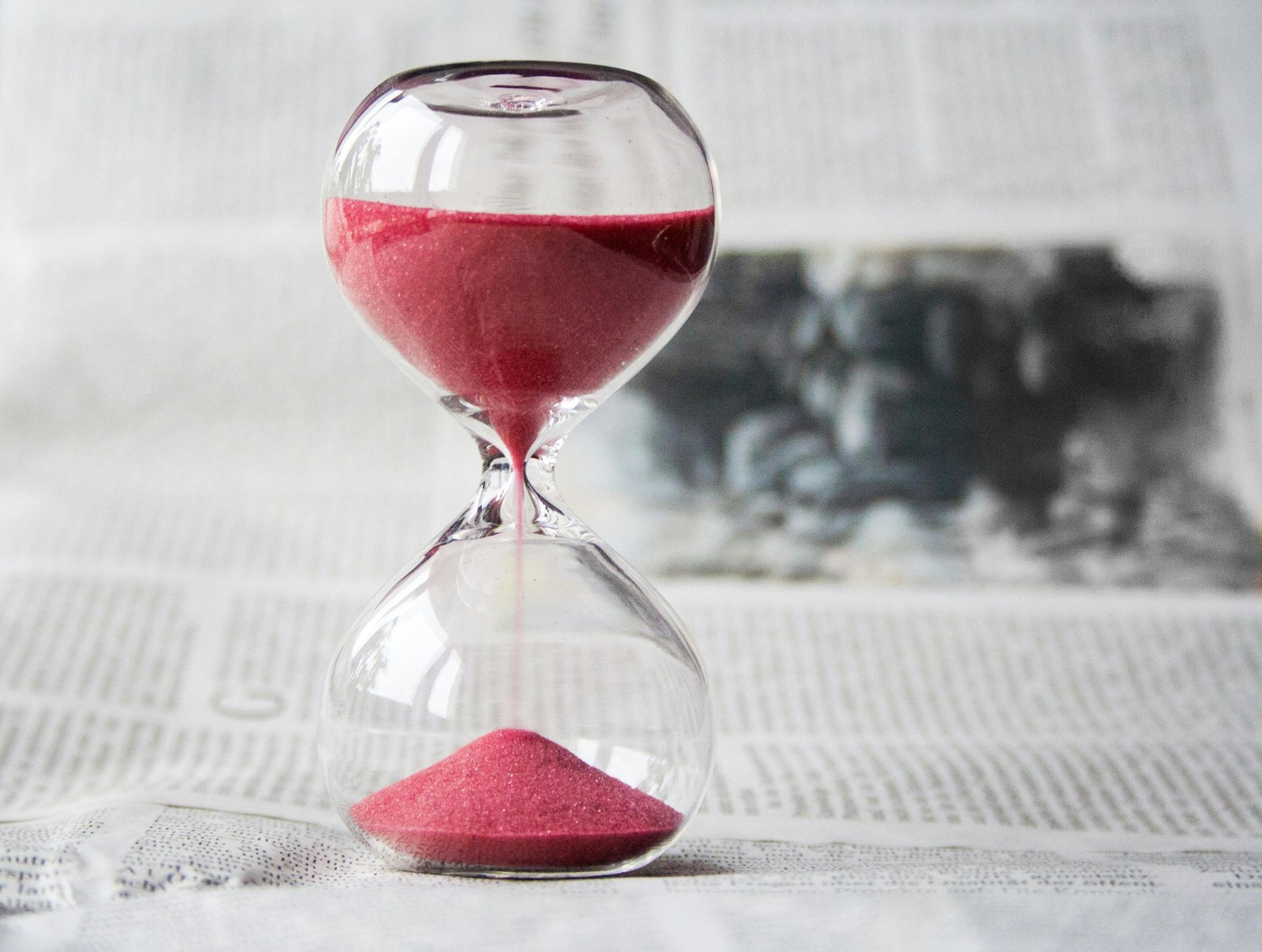Cut Your Email Time by Up to Half: Simple Strategies for Efficient Inbox Management
Email has become an integral part of modern communication, but it can also be a major time sink. Many people struggle to manage their inboxes effectively, with research showing that a large majority never fully clear out their emails. This constant influx of messages can lead to feelings of overwhelm and lost productivity.

The traditional methods of email management often fall short. Approaches like flagging important messages or using the two-minute rule can help to some degree, but they don’t address the fundamental issue of how emails are organized. A new perspective on email management suggests treating messages as actions rather than just information. This shift in mindset opens up possibilities for more efficient ways to prioritize and process emails.
Key Takeaways
- Most people have overflowing inboxes that are never fully cleared
- Traditional email management methods often prove ineffective
- Viewing emails as actions rather than messages can boost productivity
Email Management Made Easy
The Stack Method offers a simple way to handle emails more efficiently. It uses folders to sort messages by action type. This system works with any email provider and doesn’t need special software.
Here’s how to set it up:
- Create 3-6 folders based on common email tasks
- Name folders for specific actions (e.g. Reply, Forward, Meet)
- Use keyboard shortcuts to quickly sort emails into folders
- Process emails in each folder based on importance
Many people find these folders helpful:
| Folder Name | Purpose |
|---|---|
| - Reply | Emails needing a direct response |
| - Forward | Messages to delegate or move to other systems |
| - Meet | Scheduling events or meetings |
| - Review | Newsletters or CC’d emails |
| - Do | Tasks to complete |
Users can adjust folder names to fit their needs. The key is to group similar actions together.
To use this method:
- Open your inbox at the start of the day
- Sort emails into action folders (takes about 5 minutes for 100 emails)
- Work through folders in order of importance
- Deal with similar tasks at once to stay focused
This approach can speed up email processing. By grouping like tasks, people often cut their email time in half. For example, keeping your calendar open while handling all meeting-related emails saves time.
Throughout the day, new emails can go straight into action folders if they won’t be dealt with immediately. This keeps the inbox clear and organized.
The Stack Method also includes tips for flagging and archiving emails . Some users report saving over 250 hours per year with this system.
By using folders and batching similar tasks, the Stack Method helps make email management more efficient and less time-consuming.
Setting Aside Time for Email Management
Effective email management requires a structured approach. Scheduling specific times to check and process emails can greatly improve productivity . Instead of constantly monitoring the inbox, set aside dedicated periods throughout the day for email tasks.
Many experts suggest checking emails 2-3 times daily. This practice helps maintain focus on other important work. When reviewing messages, sort them into folders based on priority or project. Then, book time on your calendar to address each folder systematically.
This method offers several benefits:
- Reduces distractions
- Improves concentration on deep work
- Speeds up email processing
- Lowers stress related to unread messages
To make the most of email time:
- Allocate at least 25-30 minutes per session
- Avoid interruptions during this period
- Process messages in order of importance
- Respond promptly to urgent items
- File or delete less critical emails
The ultimate goal is to achieve an empty inbox, often called “inbox zero.” Reaching this state brings a sense of clarity and accomplishment. It ensures no messages have been overlooked and allows for a fresh start each day.
By adopting these email habits, professionals can reclaim valuable time and mental energy for more meaningful tasks.
Common Email Management Questions
How can I spend less time reading and answering emails?
To cut down on email time:
•
Check emails only at set times during the day
• Use folders and filters to organize messages
• Unsubscribe from unnecessary newsletters
• Write shorter, more concise responses
• Use templates for common replies
What Gmail features help with efficient email handling?
Gmail offers several time-saving features:
• Labels and filters to automatically sort emails
• Canned responses for quick replies
•
Send and Archive button to clear the inbox faster
• Keyboard shortcuts for quicker navigation
• Snooze option to deal with emails later
How long does it typically take to write a professional email?
The time varies based on complexity, but generally:
• Simple replies: 2-5 minutes
• Standard emails: 5-10 minutes
• Detailed messages: 10-20 minutes
Aim to keep most emails under 5 minutes to write.
What’s the typical daily email volume for employees?
Most office workers receive 50-200 emails per day. To manage this:
• Use the 2-minute rule – if it takes less than 2 minutes, do it now
• Sort emails by priority
• Unsubscribe from unnecessary lists
• Set up rules to automatically file certain messages
When should email checks be scheduled for better productivity?
Effective email check schedules:
• First thing in the morning
• Mid-morning (around 11 AM)
• After lunch
• Late afternoon (around 4 PM)
Avoid constantly checking throughout the day.
How can companies apply time management to employee email use?
Companies can improve email efficiency by:
• Setting email-free hours for focused work
• Training on email best practices
• Using collaboration tools to reduce internal emails
• Encouraging brief, action-oriented messages
•
Limiting CC usage to essential recipients only
Building better solutions for better business®




